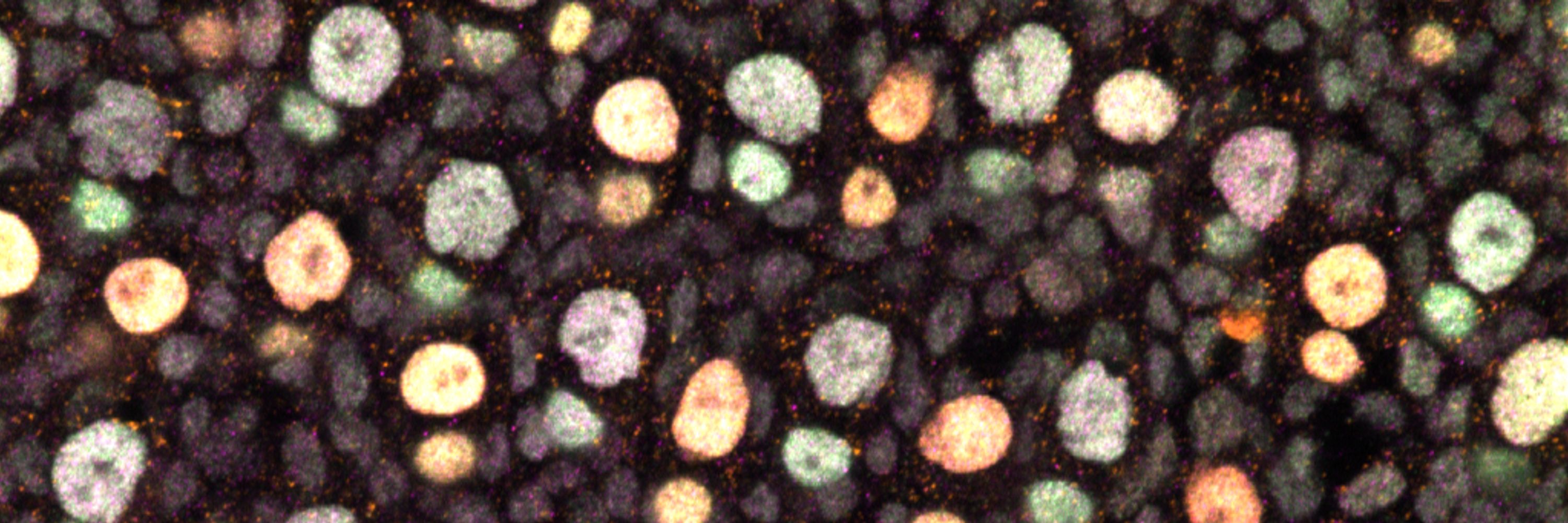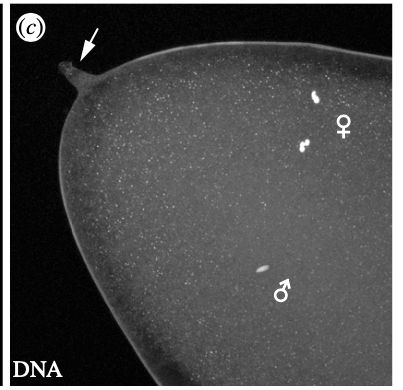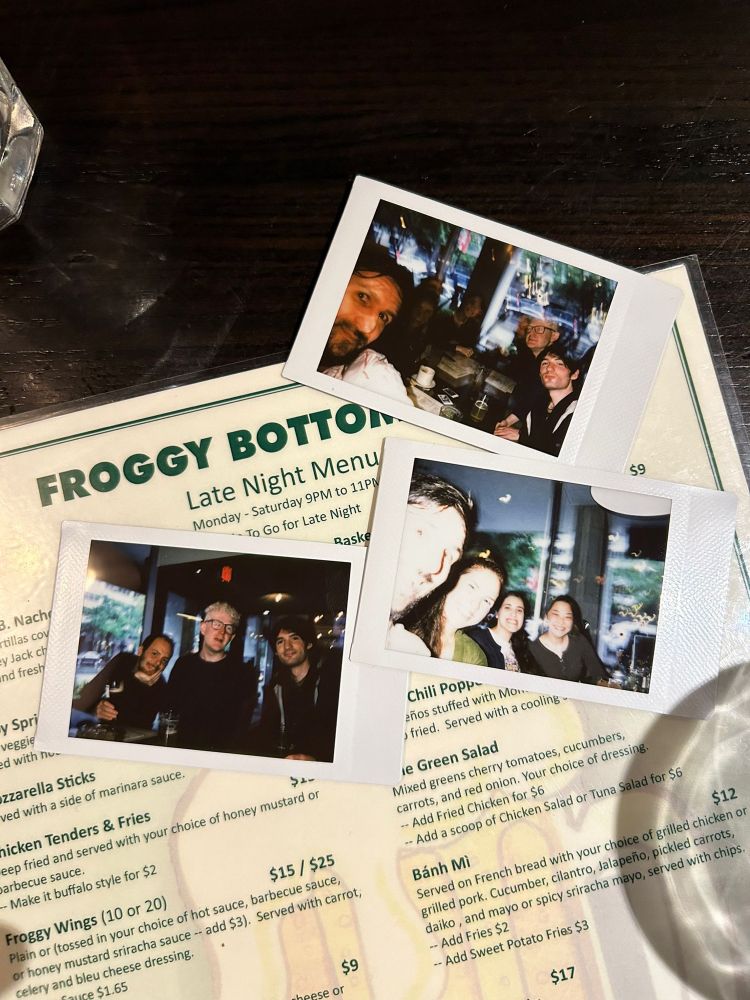
![Screenshot of a Wikipedia article History article with the following text: The protein was discovered in 1996 by Italian scientists Silvia Bione et al., after long and intensive work.[15] Owing to the complex procedure required for the identification of tafazzin, the protein was named after Tafazzi, an Italian comedy character played by Giacomo Poretti who enthusiastically beats his groin with a plastic bottle, this as a symbol of masochism for the strenuous will to find it by the group of researchers.[77]](https://cdn.bsky.app/img/feed_thumbnail/plain/did:plc:b3t6tkvujvmh5t7d3dhok52t/bafkreig5kgwrxfhiylt7gog45bokmby6ju2isssczh4ubnlog76hoggm4m@jpeg)









The change:

The change:













Works just like the mobile app.
Install this app on your iPhone: tap the share button and then Add to Home Screen.
Tap the Share button
in Safari's toolbar
Select "Add to Home Screen"
from the menu
Tap "Add"
The app will appear on your home screen

![Screenshot of a Wikipedia article History article with the following text: The protein was discovered in 1996 by Italian scientists Silvia Bione et al., after long and intensive work.[15] Owing to the complex procedure required for the identification of tafazzin, the protein was named after Tafazzi, an Italian comedy character played by Giacomo Poretti who enthusiastically beats his groin with a plastic bottle, this as a symbol of masochism for the strenuous will to find it by the group of researchers.[77]](https://cdn.bsky.app/img/feed_thumbnail/plain/did:plc:b3t6tkvujvmh5t7d3dhok52t/bafkreig5kgwrxfhiylt7gog45bokmby6ju2isssczh4ubnlog76hoggm4m@jpeg)

























Enter your Bluesky handle and app password to unlock posting, likes, and your Following feed.
Need an app password? Open Bluesky, go to Settings > App passwords, and create a new one.


Sign in with your Bluesky account to unlock posting, likes, and your Following feed.